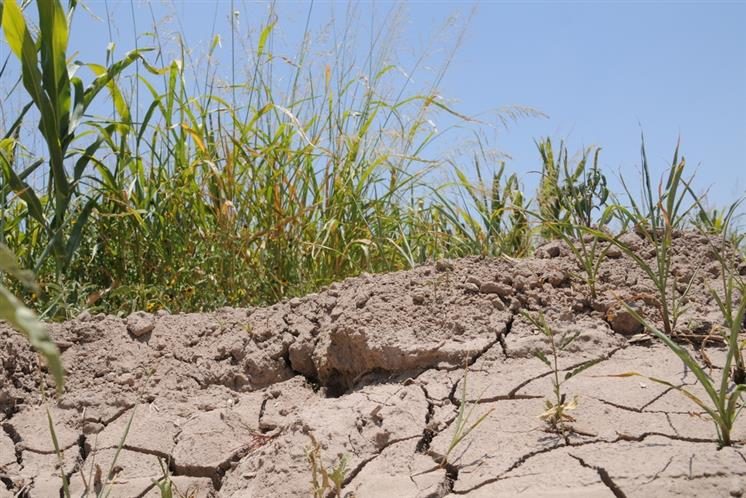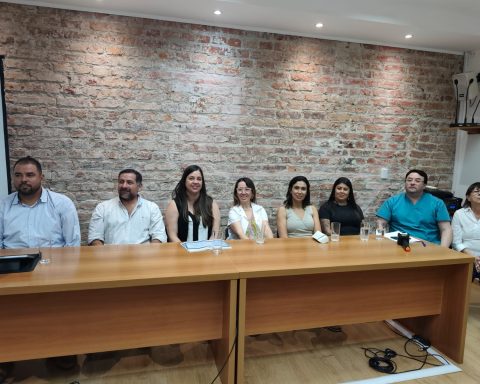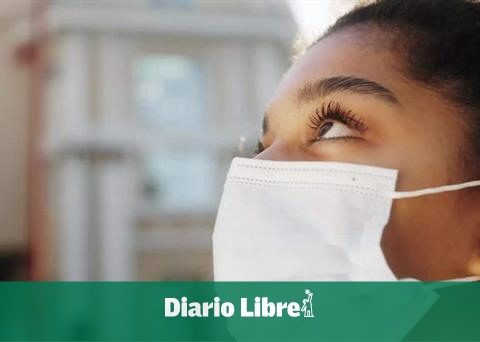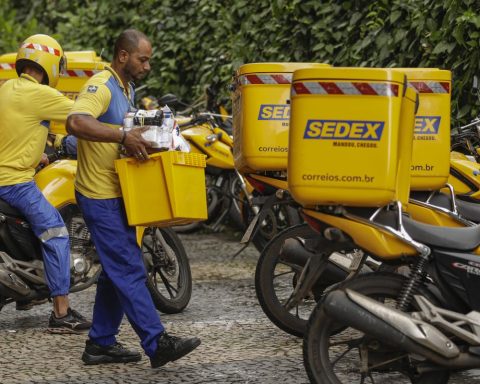The situation generated by the water deficit, or commonly known as drought, is critical in various areas of the country, with supply until March or April depending on the location, while the water level of reservoirs and streams continues to drop.
The shortage of drinking water
As confirmed by the Ámbito portal, the sources of drinking water in Uruguay continue to be compromised by the extreme drought that affects the entire country, to the point that OSE reported that, if the situation continues as of today, the supply will reach March or April , according to the department.
The country’s water situation is critical, and this is confirmed by the ban on the use of water for non-priority purposes. The scarce and insufficient rains are only momentary comforts, mainly for the high temperatures that only worsen the scenario that affects not only the countryside, but all Uruguayans.
The measure covers 65 towns where activities such as irrigation, washing sidewalks and outdoor patios, washing vehicles by individuals and filling swimming pools cannot be carried out. Although at first no sanctions were established for non-compliance with the prohibition, OSE appealed to the responsibility of citizens to preserve the scarce availability of drinking water that the country faces, currently the entity imposed service cuts and a fine for reopening the service of 2 Readjustable Units (UR), about 3004.5 pesos, at the current value.
damage to fruits and vegetables
With dry lakes and harvests expected at half the usual harvests, producers continue to suffer the impact of the water deficit.
The extreme water deficit that Uruguay is experiencing continues to cause damage to local production, and the fruit and vegetable sector is one of the most affected by the lack of water. In this sense, the case of Las Violetas stands out, a rural area near the city of Canelones, where the lake has dried up and the harvest of pears and apples will be less than half of what it usually is.
The drought affects the country continuously since last spring, when the first agricultural emergency was decreed, which later extended until April. However, there are already several years of water deficit that has been accumulating, this time further enhanced by the heat wave that reached temperatures of 40°C during a weekend.
In this context, the pear and apple business of the Beitón Verde family is one of the many that will be hit hard at the time of the harvest. In this case, they estimate that they will have rescued half of the pear and barely 30% of the apple that they usually produce in the year. Likewise, the caliber of the fruit that manages to be saved will be smaller. In this sense, in a normal year, the production of pears is 10,000 kilos, while that of apples is 100,000 kilos, both with important calibres. However, this year only 5,000 kilos of pears were achieved and 30,000 kilos of smaller apples are expected.
This is just one example of the damage that the drought is causing to farms. Water and heat stress persist, directly affecting production, and the first visible sign is the smaller size of fruits and vegetables, as well as details such as openings or marks on skins and shells.
It is that, in addition to the loss of fruit to market, there was a significant mortality of plants that, obviously, will stop producing and will force to start new plantations, with the costs of the case and also a problem: it is not an item in which plant and production is immediately achieved, for that several exercises must pass. A direct consequence will be that many producers incorporate items that give a productive response in the short term, such as zucchini.
Whatever the cause of these disasters caused by climate change, which we actually know about but it is difficult for us to take charge of it, it is already too late to regret it, what must be done is to act, seek palliative solutions, specific aid and then be able to project future, to be able to overcome this type of extreme situations, because unfortunately, these phenomena are here to stay.
Juan Prandi


















